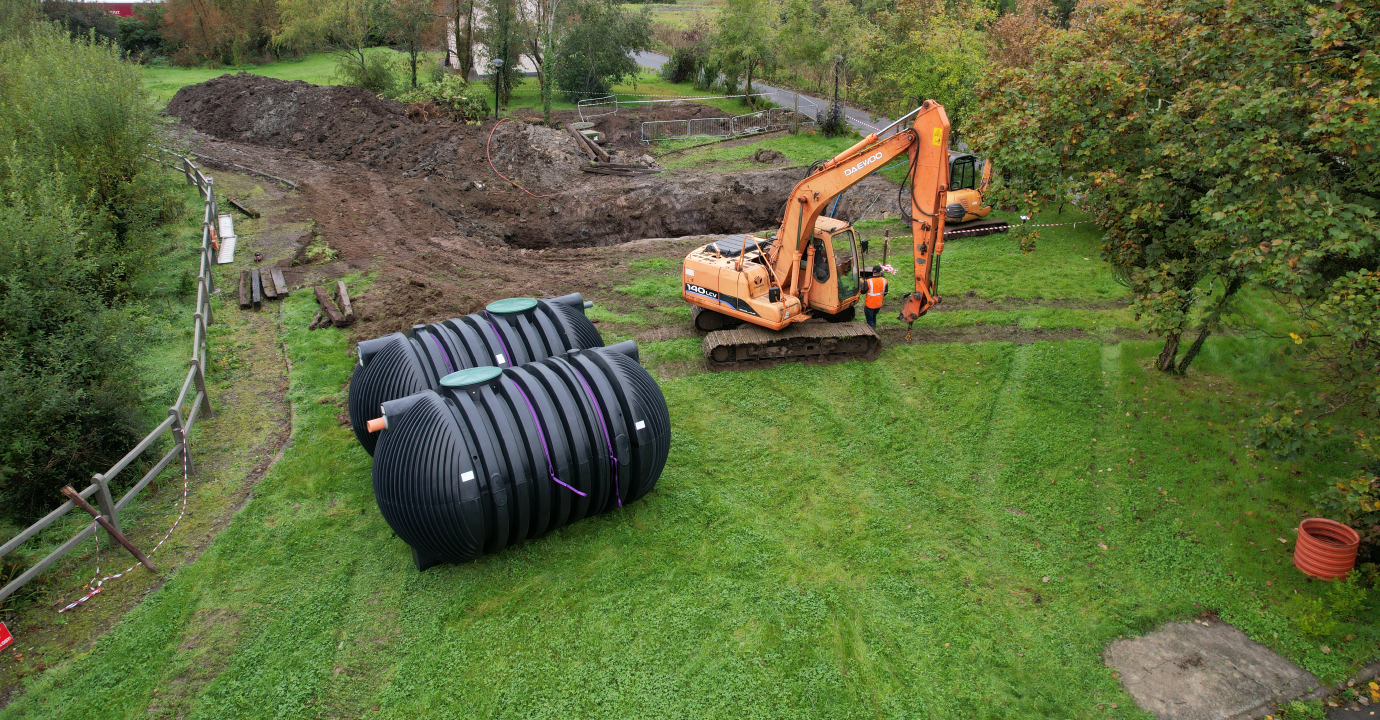Septic tanks and packaged secondary wastewater treatment systems are typically used in areas where a main sewer is not available or practical, such as rural areas, remote locations, or small communities. They are both used to treat domestic and commercial wastewater, but they work differently and have different advantages and disadvantages.
Septic Tanks
A septic tank is the most common type of on-site wastewater treatment system that consists of a wastewater tank that separates the solid and liquid waste. The solid waste settles to the bottom of the tank, where it forms a layer of sludge, while the liquid waste, or effluent, flows by gravity out of the wastewater tank into a percolation area.
The percolation area is a series of trenches or beds filled with gravel where the effluent is further treated by natural processes such as filtration and bacteria digestion. Septic tanks are relatively simple, low-cost systems that require minimal maintenance, but they can become overloaded or malfunction if not properly maintained.
Packaged Secondary Wastewater Treatment System
A packaged secondary wastewater treatment system, on the other hand, is a pre-manufactured, compact, and self-contained wastewater treatment system that is typically used for domestic and commercial projects.
They are designed to treat wastewater to a higher level of treatment efficiency and effluent quality, typically by using mechanical or biological methods such as aeration, filtration, and bacteria digestion. The solid waste settles to the bottom of the tank, while the treated effluent flows by gravity or in some cases is pumped to a percolation area, low-pressure pipe network, or tertiary wastewater treatment unit.
Packaged secondary treatment systems are more expensive than septic tanks, but also offer more advanced treatment, and are more reliable for long-term performance. However, they may require more frequent maintenance and monitoring compared to septic tanks.
EPA Site Suitability and Compliance
When you are installing a new on-site wastewater treatment system it is important to have an EPA Site Suitability Assessment carried out to determine which type of system is suitable for your site. Not only do you comply with the EPA Code of Practice 2021 and Local County Council regulations, but you also protect your investment by ensuring you won’t have any problems in the future.
Conclusion
In summary, septic tanks are a simple and low-cost solution for on-site wastewater treatment, while packaged secondary wastewater treatment systems are more advanced and reliable, but also more expensive and require additional maintenance. The choice between the two will depend on factors such as location, site conditions, treatment efficiency and effluent quality requirements.

